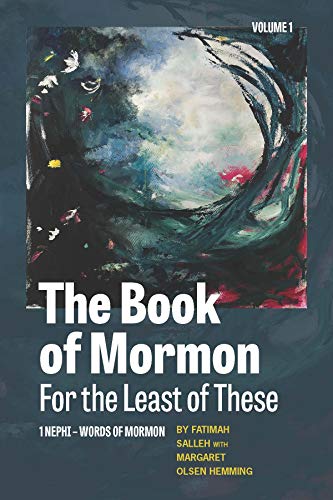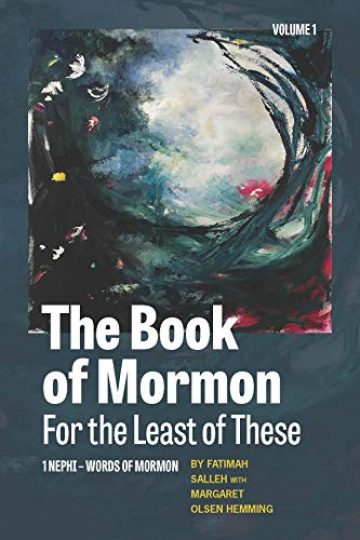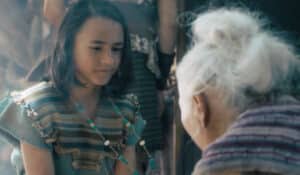
I devoted a good chunk of my life to reading and re-reading the Book of Mormon. My preferred method in my adult life was to read it very quickly, following a schedule I’d worked out when President Gordon B. Hinckley issued his challenge for LDS church members to read the book in 100 days. I enjoyed my Book of Mormon binge reads and the text grew with me as I worked my way through the church milestones of adult life.
I also remember the growing unease I felt as I stopped recycling the 100 day challenge and vowed instead to read the Book of Mormon slowly, just one chapter per day, and blog my way through it all. I didn’t make it far into the text before the racism, which I’d always and intentionally rushed through, glared at me day after day in a way that I could not avoid. This newfound discomfort with my beloved Book of Mormon was more than my faith could handle. I first read the Book of Mormon when I was 13, but I had to put it down at age 33. My heroic and prophetic Nephi had turned into an unreliable and bigoted narrator. Except for a few brave moments, I haven’t been able to pick it up again. The book of scripture I’d once loved, that had grown with me and helped me mark big shifts in my life and thinking about the gospel, left me feeling confused, betrayed, lost.
For the last seven years, I’ve wondered if the book could be redeemed or interpreted through a non-literal framework. I dreamed about an anti-racist or feminist commentary and about hearing the book through a more intersectional lens. I daresay that hope has been realized in a new book by Fatimah Salleh with Margaret Olsen Hemming: The Book of Mormon for the Least of These: 1 Nephi – Words of Mormon.
In the conclusion, the authors state that “Exegeting the Book of Mormon through a lens of social justice provides a salvific message that binds up the wounds of our faith community. The wisdom and strength of the Book of Mormon is an abundant feast, read and waiting for us to partake.” I have to agree with them and my experience with this commentary has been unexpectedly healing. I feel like this accessible and conversational book has re-enlivened my interested in the Book of Mormon by providing me with new tools and frameworks with which to interpret it. It is the book I will be gifting to friends and family members across the Restoration this year.
A social justice approach to the Book of Mormon, as described and used by Fatimah Salleh and Margaret Olsen Hemming, opens the text up to further analysis by asking us to use our scriptural imaginations to see the people that are not directly referenced in the text and to be continually curious about people and their relationships with power. In my experience, traditional readings of the Book of Mormon focus on connecting stories to the worst stereotypes of a demanding Old Testament God who insists upon unquestioning obedience. In this book, Fatimah and Margaret connect the stories to a loving God who can handle our questions and our own struggles with faith and doubt. They model curiosity about the text and hold the narrators accountable for their own bad decisions and bigotry, calling out violence, sexism, racism, anti-semitism, prosperity gospel, ideas about land possession, homophobia, classism, and abuses of power. Whether we believe in the historicity of the Book of Mormon or see it as a collection of stories composed in the nineteenth century, Fatimah and Margaret invite us to use our scriptural imaginations to get curious about the text and open it up to bigger conversations about faith, community, and God.
If you’ve been wanting to pick up the Book of Mormon again but are afraid of what you will find there, if you are concerned that you will not be able to move beyond the God-in-a-small-box lessons you absorbed over a lifetime, make this book your companion and your guide.
Salleh, Fatimah, and Margaret Olsen Hemming, The Book of Mormon For the Least of These: 1 Nephi – Words of Mormon, BCC Press, 2020.





